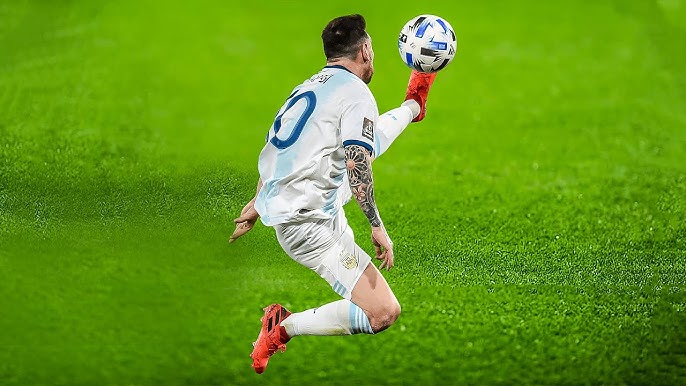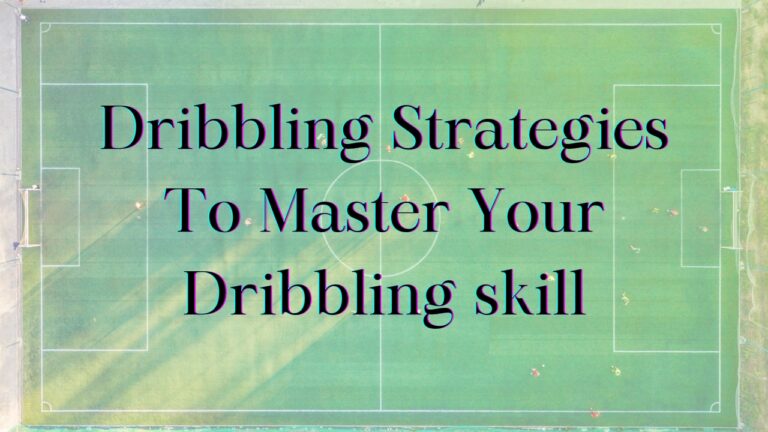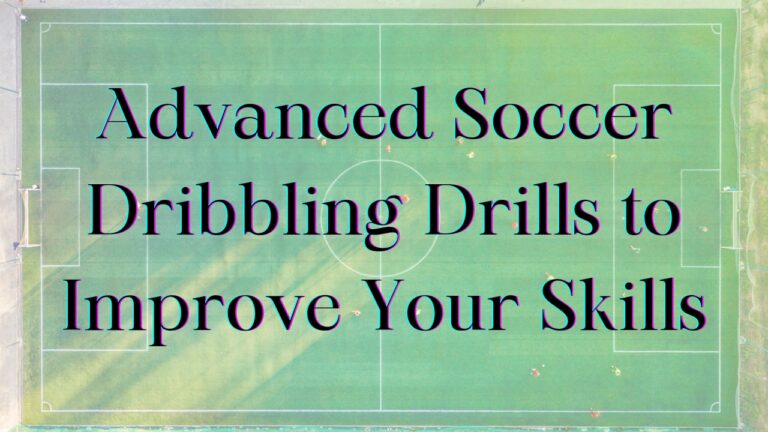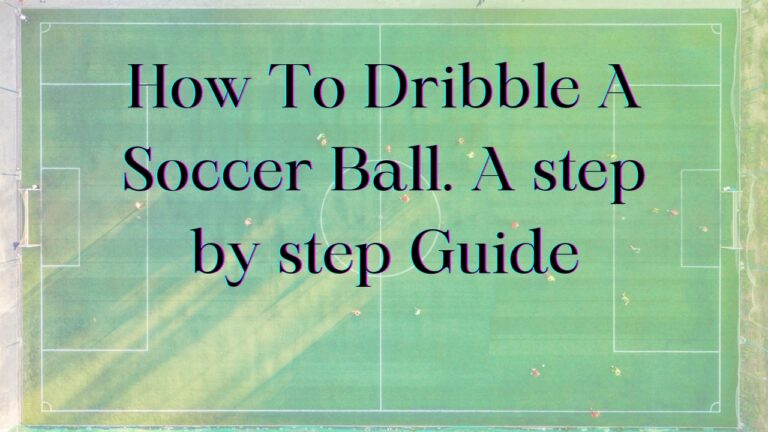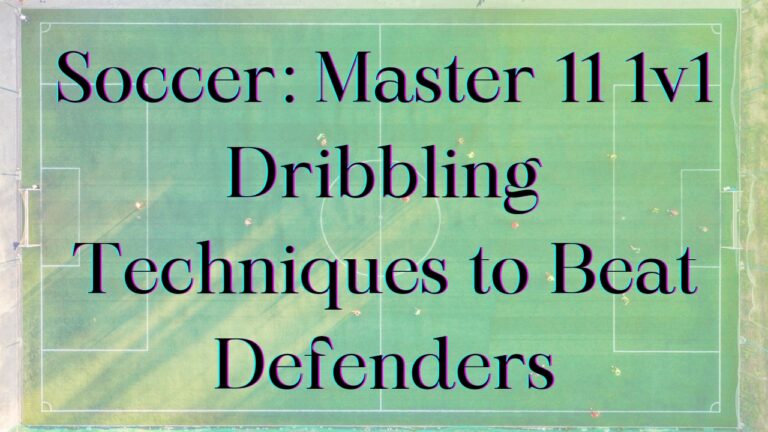Having complete control of the ball is one of the most fundamental yet difficult skills in football. Whether bringing down an aerial pass or maneuvering through traffic in the midfield, the players with the deftest touches stand out from the rest. But ball control like that doesn’t come naturally—it takes repetitive, focused training.
In this article, we reveal 5 challenging juggling drills recommended by the experts at Unisport to take your ball manipulation to the next level. Combining agility, coordination, and technique, these unconventional solo exercises will push you outside your comfort zone and force you to make constant micro-adjustments to keep possession. Setting your mind to mastering them will transform the way you trap, flick, and caress the ball when it matters most on the pitch. Though not the flashiest of abilities, immaculate control is a subtle skill that unleashes the full creative potential of you and your teammates.
The Basics: Why Ball Control Matters
Definition: Ability to collect, carry, and switch directions with the ball using any legal part of the body
Crucial for nearly all technical skills (dribbling, passing, shooting, crossing, etc.)
Allows you to operate in tight spaces and move more efficiently
Critical for all positions, especially midfielders and defenders
Repetition of fundamental drills builds muscle memory over time
Exercise 1: Basic Juggling
Juggling a ball back and forth between your feet is the foundation for developing advanced ball control skills. Though it may seem remedial, keeping a ball aloft requires focus, coordination, and constant micro adjustments as it descends.
Start by letting the ball drop directly in front of you and strike it with a flat mid-foot contact underneath the center. Hitting the sweet spot will pop the ball straight upwards to eye level. Allow it to hover for a brief moment at its apex before beginning its descent.
As it falls, monitor its speed and vertical path. Your body will subtly shift, knees bending in anticipation. Make minor pivots on the balls of your feet to get perfectly square. Having a slight bend in the knees allows you to pounce in either direction if the ball starts to drift away.
Time your next touch to meet the ball at the bottom of its arc right before it reaches the ground. Focus intently on making clean, consistent contacts. The window is small, demanding precise coordination between your eyes, feet, and responsive muscles. Develop a rhythmic tempo, almost musical.
Start the drill alternating left and right feet, voluntarily hitting it to yourself. As consistency improves, begin trying for target numbers of consecutive juggles without failure, starting at 5, then 10, 15, and beyond. Marking out a 3-yard square with cones and forcing yourself to stay within its bounds keeps you honest.
As the basics become automatic, this drill pays dividends by practicing more advanced moves. But even in isolation, these repetitive contacts imprint critical muscle memory for balanced, reactive ball manipulation.
Related post: How to master ball control
Exercise 2: Juggle Taps
Once you consistently juggle between your feet, it’s time to increase the degree of difficulty. Juggle taps challenge your gentle touch and balance by maneuvering the ball with delicate pivots of your toe.
Start by rolling the ball slightly ahead of your body mid-motion. As it approaches, rapidly swing your toe upwards, barely making contact on the top hemisphere with your dominant foot. Your leg snaps straight before recoiling back on the follow-through, ready to spring again.
It’s less of a strike and more of a redirect, imparting only enough speed to loft it just above head height. Minimal force is needed thanks to the responsive properties of a properly inflated ball. Excess velocity will send it soaring away.
The tap occurs nearer your toe caps than higher on the laces. This soft band of your foot, aided by the inside edge, cradles the ball on connection. Rely on your dexterity to keep the ball under close control rather than power.
While one leg taps, balance stationary on the opposite. Once tapping rhythmically, begin incorporating small hops to inject momentum from the ground up, fluidly moving into the next touch. Maintain athletic poise, landing gently and lightly on the ball of your foot, ready to pounce in any direction.
After finding your flow with your natural foot, repeat the exercise with your weaker foot. The coordination requisites will highlight hip, ankle, and foot weaknesses to address. Be patient through early awkwardness before patterns emerge.
The gentleness and precision required here train your body to make subtle positional micro-adjustments to account for a ball’s changing trajectories. Mastering minute movements pays dividends by manipulating the ball in tight spaces during matches.
Exercise 3: Counting Juggle Drill
Juggling while incrementally counting reps per foot adds an element of mental challenge, forcing you to concentrate on each touch. Begin with the baseline ability to consecutively alternate feet, then interject counting.
Start the sequence with one joggle per foot, deliberately stating “one” out loud on contact. Then proceed to two per foot, enunciating “two, two” on the touches. Incrementally build upwards, verbalizing each number, until you reach 10 consecutive per foot.
Once topping out at 10, immediately descend back down without pause, stating “nine, nine”, then “eight, eight”. Should a miscue happen, return to one rep and start over. The objective is to reach 10 while counting properly aloud before reversing the intensity.
As the drill progresses, the counting provides an unpredictable auditory cue. You must shut out distractions and focus acutely on each descending ball, making micro-adjustments while firing the correct muscle groups to perform that specific numbered touch.
The mental energy expended by counting up and down challenges your mind-body connection. But the acute concentration then carries over positively into handling driven passes or settling high balls during matches amid chaos. Turn off your conscious thinking and let your reflexes take over.
This drill advances your procedural memories for controlling the ball off instinct rather than actively processing each scenario. Removing the physical predictability forces a cerebral focus geared for match situations when plans rapidly crumble.
Exercise 4: Thigh Juggle Drill
While the feet and head are more prominent ball-striking tools, master jugglers leverage less likely allies like thighs to expand their ball manipulation toolkit. Get comfortable using your legs as receptive cushions and creative launch pads amid your combinations.
Stand with feet about hip-width apart in an athletic stance and focus on one thigh to begin. Drop the ball directly above the targeted thigh, recruiting the same-side foot to drive it upwards using your laces. Time the self-pass so the sphere peaks just above eye level.
Hovering weightlessly for a brief moment at its crest, gravity takes over bringing it back to earth. With the limb fully extended, adjust your stance to put that thigh directly under the descent. Allow the ball to gently settle into that mid-thigh zone, cradling it on contact.
Immediately use that same thigh’s shin to gently redirect it upwards again, continuing the rhythmic pattern. Your legs both generate power pushing it skyward and providing a pillowy platform to cushion its landing.
Once patterns emerge on a single thigh, shift to lacing alternating legs into the mix. This forces you to turn your torso and contort creatively to make clean contacts undisrupted by your shifting core. Creative body shapes retain balance while keeping the ball aloft.
Expand the gaps between repetitive thigh contacts or throw trickier maneuvers into the combination. But focus first on simply maximizing consecutive repetitions through clean execution before expanding the complexity.
Exercise 5: Multi-Surface Drill
Once comfortable juggling with individual surfaces, it’s time to combine them in dynamic sequences to broaden your aerial repertoire. Varying contacts promote total ball control mastery.
Start by tossing the ball slightly ahead of your body mid-stride. As it descends, sweep your dominant foot sideways to meet it, catching the ball flush in the sweet spot of your outside edge near the little toe. The angles of approach and contact will carve a curved trajectory skywards.
Let it gradually peak before dropping back into your orbit. Now raise that same boot upwards, positioning your laces perpendicular to the ground. The ball will glance off the top ridge of your foot with a pace dampened by the flexible tongue, popping back upwards.
Quickly retract and extend your leg once more to present the inside edge of your foot towards its descent. Caress the ball upon its return, diverting it yet again with an inside-of-the-foot touch. Your momentum forward will pull it across your body.
Rapidly transition to the opposite foot, meeting the sphere with an inside pluck to send it vertically. Then offer up the laces, then finally outside the edge of that foot before transporting it back across the body to the original foot. Try performing the whole routine swiftly and cleanly.
Once the sequence is mastered slowly, incrementally increase the pace focusing on the consistency of quality contacts. Strive for perfection in execution rather than raw speed early. Rapid migrations side-to-side challenge your core strength and balance.
Fluidly chaining various surfaces together builds holistic body-ball awareness and comfortability adjusting angles with creative body shapes to maintain control. The repertoire will prove invaluable in varying attacks during matches.
Masterful ball control is a subtle skill that creates no shortage of breathtaking moments in football. Though often underappreciated, true technical wizards recognize control as an elemental ability that enables their creative brilliance. If you aspire to reach new heights in your game and unlock your team’s full attacking potential, dedicate the time to ingrain these unconventional drills into your solo training routines.
Related post: How to master ball control

